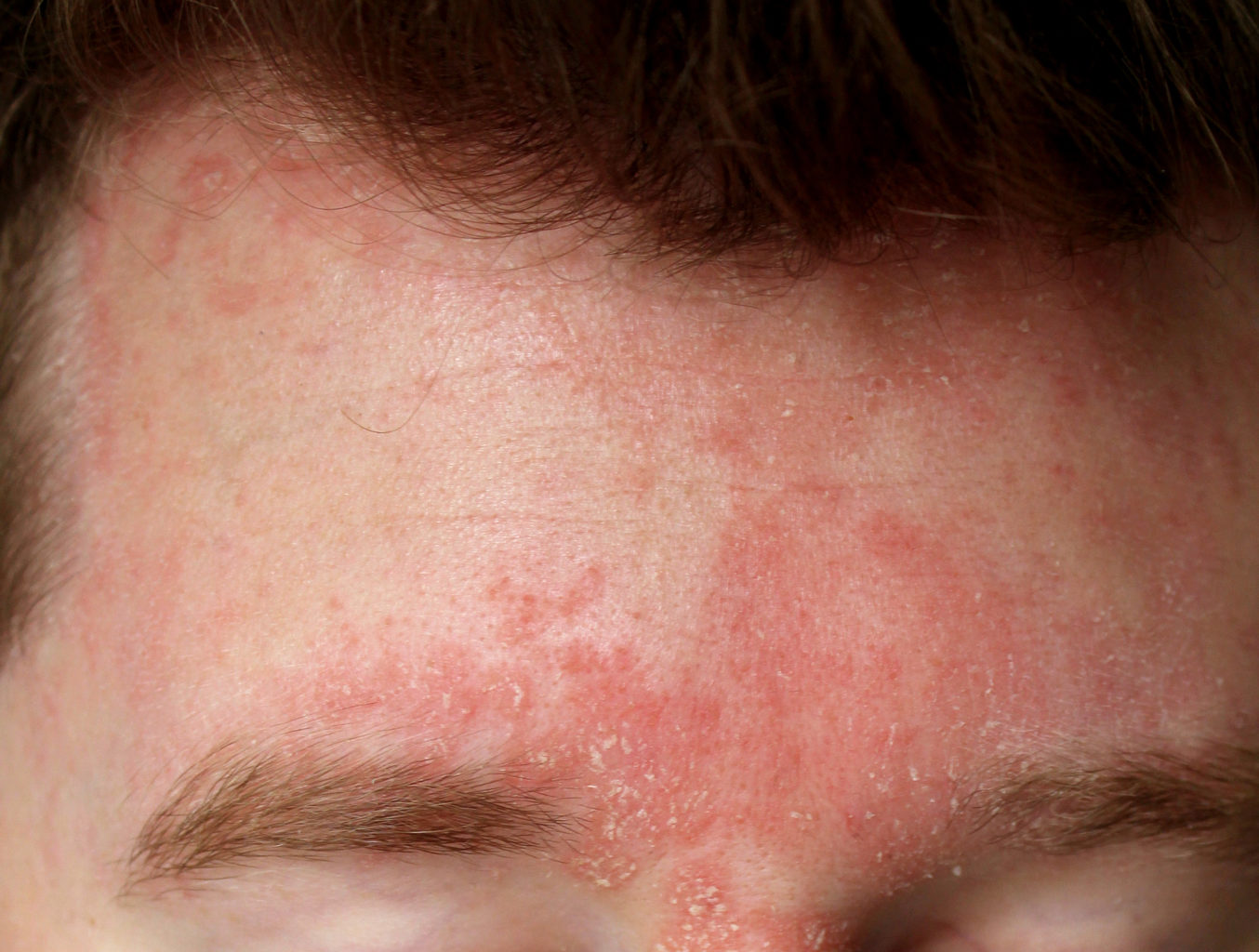According to the American Academy of Dermatology, seborrheic dermatitis is a common skin condition that affects millions of people. It causes redness, itching, flaking, and other uncomfortable symptoms on the face and scalp area. Without proper care, flare-ups can become severe and cause scarring or even hair loss.
Fortunately, there are several ways to prevent severe flare-ups of seborrheic dermatitis. In this article, we’ll provide tips on how to protect your skin from flare-ups and keep the condition under control.
Understanding Seborrheic Dermatitis – Causes and Symptoms
Seborrheic dermatitis is caused by an overgrowth of yeast on the skin. Common triggers include stress, weather changes, certain medications, and weakened immune systems. This overgrowth of yeast causes the skin to become inflamed, leading to redness, itching, and flaking.
Symptoms of seborrheic dermatitis can vary from person to person but generally include red, scaly patches; oily skin; dryness and flakiness; and itching. Severe cases may cause blisters or sores.
Dietary Changes to Help Prevent Flare-Ups
Making diet and lifestyle changes can help reduce flare-ups of seborrheic dermatitis. Eating a healthy diet with plenty of fruits, vegetables, lean proteins, and whole grains will help keep your skin hydrated and nourished. Limiting alcohol consumption can also help reduce flare-ups.
Lifestyle Changes for Better Skin Health
Making lifestyle changes can also help prevent flare-ups of seborrheic dermatitis. Getting enough sleep is essential to keeping your skin healthy, as well as managing stress levels. Reducing stress can help reduce flare-ups by decreasing inflammation in the body.
Additionally, it’s important to avoid certain triggers such as weather extremes and certain medications. Be sure to consult your doctor if you’re starting a new medication to make sure it won’t aggravate your skin condition.
Skincare Techniques for Managing Seborrheic Dermatitis
Choosing the right skincare products is essential for managing seborrheic dermatitis. A mild cleanser and an over-the-counter hydrocortisone cream can help reduce inflammation and itching.
Using a seborrheic dermatitis shampoo regularly can also make a big difference in controlling the condition. Look for shampoos with ingredients like zinc pyrithione, coal tar, or salicylic acid that are effective at treating the condition.
Another helpful approach is to apply a moisturizer that contains ceramides or hyaluronic acid. These ingredients help to reinforce the skin’s natural barrier and keep moisture locked in.
Natural Remedies for Seborrheic Dermatitis Relief
In addition to traditional treatments, several natural remedies can help reduce inflammation and irritation caused by seborrheic dermatitis. Applying tea tree oil or aloe vera gel to affected areas of the skin can help soothe itching and reduce redness.
Another natural remedy is mixing one teaspoon of baking soda in two cups of warm water and using it as a rinse to soothe itching and reduce flakiness. You can also make a paste of oatmeal, yogurt, and honey and apply it directly to the skin for relief from itching and irritation.
When To See a Doctor For Severe Cases of the Condition
While some cases of seborrheic dermatitis can be managed at home, if symptoms persist or worsen, it’s essential to see a doctor for treatment. A healthcare professional can provide advice on the best treatments and medications for managing severe cases of the condition.
Not only can they prescribe a stronger topical corticosteroid to reduce itching and inflammation, but they can also explain the best ways to protect your skin from flare-ups.
Conclusion
Seborrheic dermatitis is a common skin condition that causes redness, itching, and flakiness. Without proper care, it can lead to severe flare-ups and scarring. Fortunately, there are several ways to protect your skin from flare-ups and keep the condition under control. Dietary changes, lifestyle tweaks, proper skin care techniques, and natural remedies can all help reduce inflammation and irritation caused by seborrheic dermatitis. If symptoms persist or worsen, it’s important to see a doctor for treatment.

Welcome to our blog! My name is Yuvraj Kore, and I am a blogger who has been exploring the world of blogging since 2017. It all started back in 2014 when I attended a digital marketing program at college and learned about the intriguing world of blogging.
